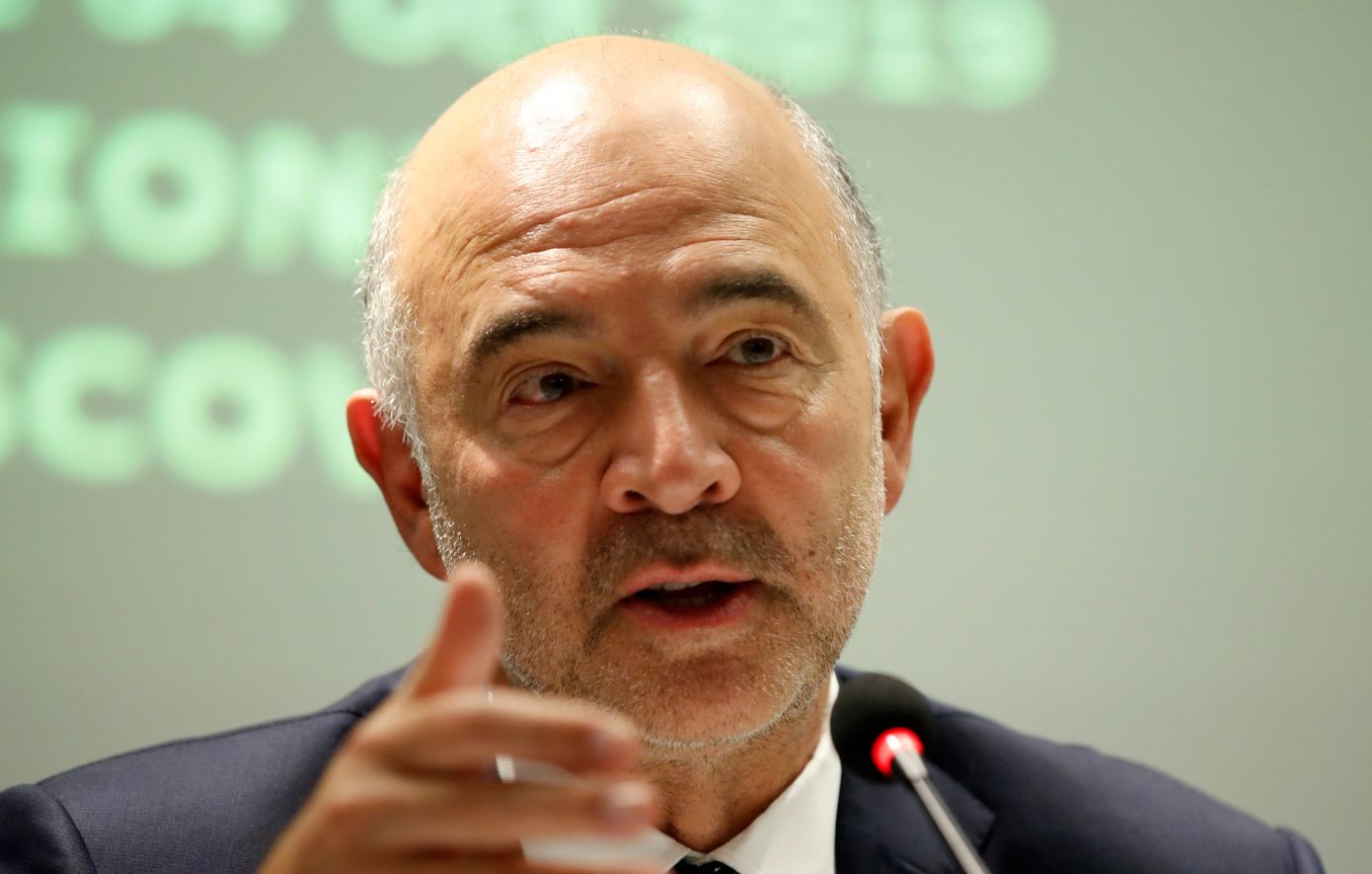- USD/CAD gains ground near 1.3655 in Monday’s Asian session.
- Political uncertainty boosts safe-haven currency, benefiting US dollar.
- Prospects of further BoC rate cuts weigh on the Canadian dollar, but higher crude oil prices could limit the downside.
The USD/CAD pair is trading in positive territory for the third consecutive day around 1.3655 during Asian trading hours on Monday. The pair’s rally is further bolstered by the firmer US Dollar (USD) amid risk aversion. However, the pair’s upside could be limited due to growing speculation that the US Federal Reserve (Fed) would start cutting interest rate in September.
Political uncertainty following the report of a failed assassination attempt on US presidential candidate Donald Trump is sending the safe-haven currency USD soaring. On Saturday, former President Donald Trump was wounded in the ear during his rally in Butler, Pennsylvania, in an assassination attempt. One spectator was killed in the attack, two others were seriously injured, and Trump was photographed with blood coming out of his ear, according to the BBC.
On the other hand, wholesale inflation in the United States rose faster than expected in June, the Bureau of Labor Statistics revealed on Friday. The US PPI rose to 2.6% year-on-year in June, compared to the previous reading of 2.4%, better than the 2.3% estimate. Meanwhile, the core PPI rose 3.0% year-on-year, beating the 2.5% expectation. On a monthly basis, the PPI rose 0.2% month-on-month in June, stronger than the 0.1% forecast.
Despite the higher inflation data, market participants remain focused on the potential for Fed rate cuts, which could put some selling pressure on the dollar in the near term. According to the CME Fedwatch tool, traders have priced in a greater than 90% probability of a 25 basis point (bps) cut in September, up from 85% last Friday. Looking ahead, traders will monitor New York’s Empire State Manufacturing Index for July and the Fed’s Mary Daly speech later on Monday.
On the CAD front, the expectation of the Bank of Canada (BoC) cutting interest rates further is putting some selling pressure on the Canadian Dollar (CAD). Meanwhile, extended gains in crude oil prices could limit potential CAD losses as Canada is the leading exporter of crude oil to the US.
Canadian Dollar FAQs
The key factors determining the Canadian dollar (CAD) are the level of interest rates set by the Bank of Canada (BoC), the price of oil, Canada’s main export, the health of its economy, inflation and the trade balance, which is the difference between the value of Canadian exports and its imports. Other factors include market sentiment, i.e. whether investors are betting on riskier assets (risk-on) or looking for safe assets (risk-off), with risk-on being positive for the CAD. As its largest trading partner, the health of the US economy is also a key factor influencing the Canadian dollar.
The Bank of Canada (BoC) exerts significant influence over the Canadian dollar by setting the level of interest rates that banks can lend to each other. This influences the level of interest rates for everyone. The BoC’s main objective is to keep inflation between 1% and 3% by adjusting interest rates up or down. Relatively high interest rates are generally positive for the CAD. The Bank of Canada can also use quantitative easing and tightening to influence credit conditions, with the former being negative for the CAD and the latter being positive for the CAD.
The price of oil is a key factor influencing the value of the Canadian dollar. Oil is Canada’s largest export, so the price of oil tends to have an immediate impact on the value of the CAD. Generally, if the price of oil rises, the CAD rises as well, as aggregate demand for the currency increases. The opposite occurs if the price of oil falls. Higher oil prices also tend to lead to a higher probability of a positive trade balance, which also supports the CAD.
Although inflation has traditionally always been considered a negative factor for a currency, as it reduces the value of money, the opposite has actually occurred in modern times, with the relaxation of cross-border capital controls. Higher inflation typically leads central banks to raise interest rates, which attracts more capital inflows from global investors looking for a lucrative place to store their money. This increases demand for the local currency, which in Canada’s case is the Canadian dollar.
The released macroeconomic data measures the health of the economy and can have an impact on the Canadian Dollar. Indicators such as GDP, manufacturing and services PMIs, employment and consumer confidence surveys can influence the direction of the CAD. A strong economy is good for the Canadian Dollar. Not only does it attract more foreign investment, but it can encourage the Bank of Canada to raise interest rates, which translates into a stronger currency. However, if the economic data is weak, the CAD is likely to fall.
Source: Fx Street
I am Joshua Winder, a senior-level journalist and editor at World Stock Market. I specialize in covering news related to the stock market and economic trends. With more than 8 years of experience in this field, I have become an expert in financial reporting.







